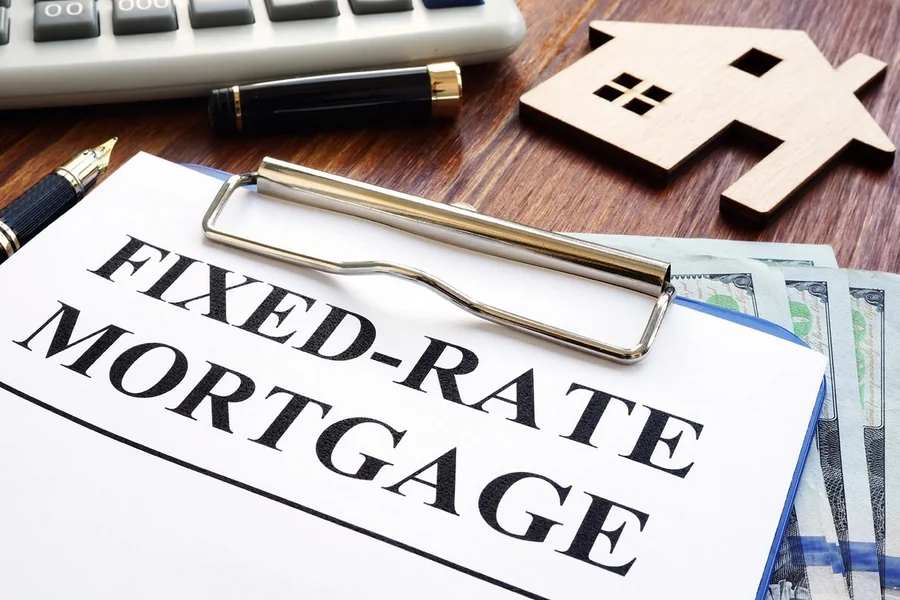Understanding the Ripple Effect of Interest Rates
Interest rates might sound like a topic best left to economists and central bankers, but they touch nearly every corner of daily financial life. Whether you’re buying a home, paying off credit card debt, or deciding where to put your savings, interest rates quietly shape your options. They influence how much you pay for borrowed money and how much your money can earn when saved or invested.
When interest rates rise, loans and credit cards become more expensive, and that affects household budgets directly. A few percentage points might not seem like much, but they can mean hundreds—or even thousands—of dollars over time. For many people, this shift sparks a reevaluation of spending, saving, and even career choices. That’s why financial planning tools and debt management services like National Debt Relief can help consumers adjust strategies when rising rates start tightening monthly budgets.
Borrowing Becomes Pricier, and Priorities Change
One of the most immediate effects of higher interest rates is the increased cost of borrowing. Mortgages, car loans, personal loans, and credit cards all become more expensive when rates go up. The monthly payment for a new mortgage can rise substantially, pricing some buyers out of the market altogether.
Take credit cards, for instance. Most cards have variable rates, which means they fluctuate with the market. When central banks raise rates, those changes ripple down to consumers almost instantly. Carrying a balance suddenly costs more, and minimum payments cover less of the principal. That’s why people often start prioritizing debt repayment or exploring consolidation options when interest rates climb.
On the flip side, lower interest rates make borrowing cheaper, encouraging spending and investment. Homeowners might refinance their mortgages to lock in better rates, while entrepreneurs may take out loans to grow their businesses. Understanding this relationship between borrowing and interest rates helps consumers make informed decisions about timing big financial moves.
Savings Start to Work Harder
While rising interest rates make borrowing more expensive, they can also benefit savers. Banks and credit unions tend to increase the rates offered on savings accounts, certificates of deposit, and other low-risk investments when interest rates rise. This gives savers a reason to keep more money in interest-bearing accounts instead of spending it immediately.
This can be a welcome change for people who have been discouraged by years of minimal savings growth. Even modest increases in rates can make a difference when compounded over time. For example, a 3 percent interest rate on a savings account yields far more growth than a 0.5 percent rate, especially for long-term savers.
It’s also an opportunity to revisit investment strategies. Higher interest rates often lead to fluctuations in the stock market, making some investors reconsider how much risk they want to take. Diversifying across both equities and fixed-income products can help balance returns with stability, as explained by the U.S. Securities and Exchange Commission.
The Hidden Emotional Impact of Rate Changes
Beyond the numbers, interest rates also influence how people feel about money. When rates are low, optimism tends to rise. People feel comfortable spending and borrowing, which stimulates economic growth. But when rates rise, anxiety can creep in. Suddenly, those variable-rate loans look riskier, and large purchases feel less attainable.
This emotional side of financial behavior plays a big role in how consumers react. According to insights from the Federal Reserve Bank of St. Louis, consumer confidence and spending habits often shift significantly when rates fluctuate. Awareness of these emotional drivers can help individuals make more grounded, strategic financial decisions rather than reacting impulsively to changes in the market.
Adapting Your Financial Plan to Rate Shifts
You can’t control interest rates, but you can control how you respond to them. When rates rise, focus on minimizing high-interest debt and locking in fixed rates wherever possible. Refinancing variable loans into fixed ones can offer predictability and protect against future increases.
On the saving side, take advantage of higher-yield accounts or explore short-term certificates of deposit that let you benefit from rising rates without long-term commitment. Even small adjustments — like automating savings or rounding up purchases to save spare change — can build momentum over time.
If you’re investing, review your portfolio to ensure it reflects current conditions. Some people might choose to increase their allocation to bonds or money market funds, which tend to perform better when rates are higher. The key is flexibility — adapting your strategy as economic conditions evolve.
Why Awareness Is the Best Defense
The most powerful thing about understanding interest rates is the clarity it brings. Rates don’t move randomly; they shift in response to inflation, economic growth, and central bank policies. When you understand why rates rise or fall, you can anticipate how those changes might affect your daily life — and plan accordingly.
For instance, if rates are expected to increase, you might accelerate debt repayment or lock in a mortgage rate before it climbs higher. If rates are falling, you might seize the opportunity to refinance or expand investments. Awareness helps turn uncertainty into opportunity.
Balancing Borrowing and Saving in a Changing Economy
At the heart of it, interest rates highlight one of the most fundamental financial lessons: balance. Borrowing can be a powerful tool when managed wisely, but without awareness of interest costs, it can quietly erode long-term goals. Conversely, saving in a high-rate environment can build resilience and create financial security.
Interest rates serve as a reminder that financial success isn’t just about earning more or spending less — it’s about making intentional choices. Knowing how rates affect every dollar you borrow or save allows you to act strategically rather than reactively.
Whether rates are high or low, the smartest financial decisions come from a place of understanding, not urgency. So next time you hear about a rate change, don’t tune it out — use it as a signal to reassess your priorities and fine-tune your plan. Because when you understand why interest rates matter, you’re not just surviving financial shifts — you’re leveraging them for long-term growth.



